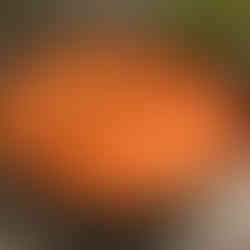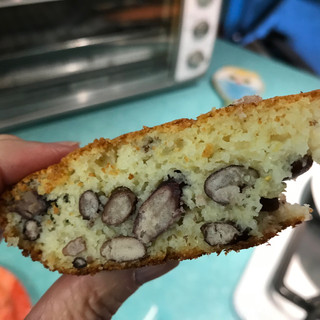If you think cornbread is a southern invention, think again!
- Connie Lacy
- Dec 6, 2018
- 2 min read
As I head down the homestretch on my latest novel, I’ve been thinking about cornbread. Growing up, I thought cornbread was a southern invention. Silly me. Europeans learned to cook cornbread from American Indians. Including the Cherokee Indians who lived in the southeastern United States for thousands of years.
Corn was native to the Americas. It's believed it was developed in Mexico about 7000 years ago from a wild grass.
Not only was corn a staple of the Cherokee diet, it was part of their creation story. Selu, the goddess of corn, provided corn and beans. Her husband, Kanati the hunter, provided meat.
But traditional Cherokee cornbread was more than what we’re accustomed to from southern kitchens. Cherokee cornbread was often filled with beans that were grown in the same fields. There was the baked type of cornbread, similar to what we still eat, but there was also the cornbread that was like a dumpling, moist and soft, boiled inside a corn husk or other leaf.
Traditionally, meaning before Europeans arrived and stole their land, Cherokee Indian women would cook a day’s worth of food in the morning and the family would eat that food along and along, throughout the day. Having a big piece of cornbread filled with beans provided protein, along with starches.
Being a cornbread lover, I decided to make my own bean-filled cornbread. All I can say is: brilliant idea! Delicious! Of course, it was a snap for me to whip up a pan of cornbread. I used my regular bag of cornmeal, stirring in a drained can of beans before popping it in the oven. A far cry from the intensive process of cooking several hundred years ago. The Cherokees planted their corn, tended the fields, let the corn dry in the fields before grinding it into meal on a giant pestle that took way more strength and stamina than I had, even in my youth. They planted their beans in the same rows with the corn so the bean vines could use the cornstalks as a trellis. The beans had to be harvested as well. Only then could the actual cooking begin, often using earthen cooking pots and open fires.
My seventh novel is undergoing final revisions. Part of the story is set around 1840, and part of it is set in the present day around Atlanta and Athens. One of the main characters is a Cherokee Indian woman.
For more on my books, you can pop over to my website homepage, follow me on Facebook, or, if you’re not already signed up for my monthly newsletters, you can do that here.






